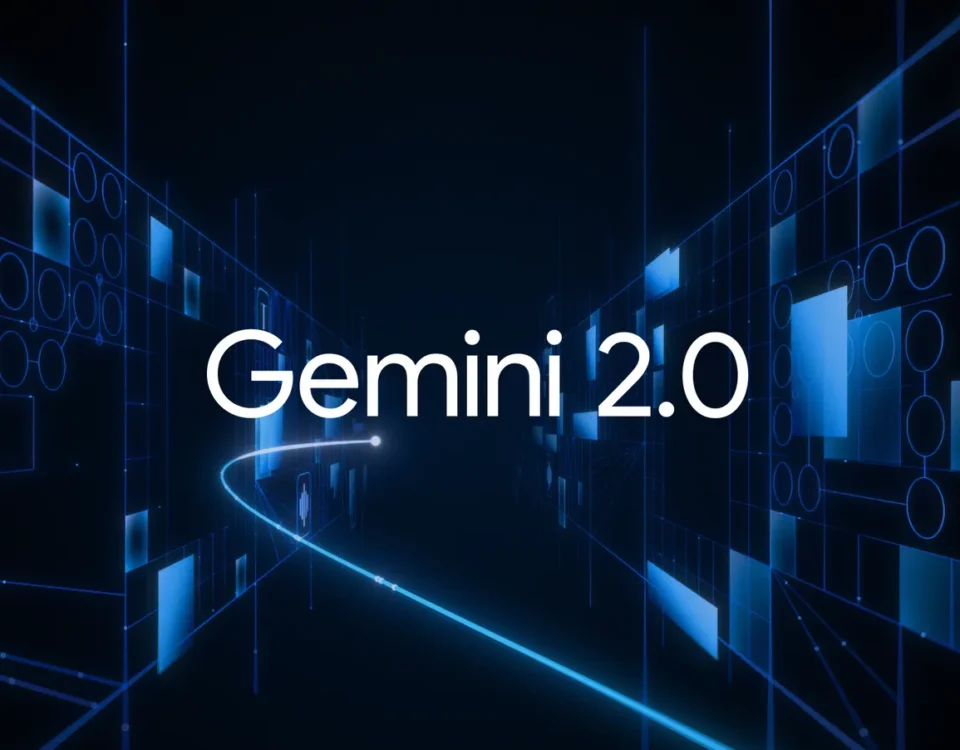Zeros & ones, The fundamental building blocks of computing.
February 4, 2023“Google Unveils Bard AI to Compete with ChatGPT”
February 8, 2023Microsoft CEO Satya Nadella held an event at the company headquarters on 7th February, where he announced the new AI-powered search engine, Bing. During the event, Microsoft demonstrated how a conversational chatbot like ChatGPT can be installed on the Bing search engine and Edge browser.
IT media outlet Cnet introduced five AI-based search tasks that can be performed with the new Bing search engine:
- Finding information: Bing’s search ranking engine has been improved with OpenAI’s model, providing more relevant search results, accompanied by AI-summarized result values.
- Asking for details: After performing a search on Bing, users can click the chat icon near the top of the page to ask more questions. Bing can provide detailed answers in a conversational format.
- Writing: The new Bing equipped with AI generation technology can write instead of the user. For example, after researching a topic, users can ask Bing to write a summary, which they can then edit and insert into an email.
- Getting a website description: The Edge browser’s Bing search sidebar can provide a summary of the currently viewed website, including product specifications, prices, reviews, and more.
- Answering broad questions: In the new Bing, users can ask broad questions and receive summaries of key information directly on the search page, with links to learn more.
These are the AI-based search tasks that can be performed with the new Bing search engine.



